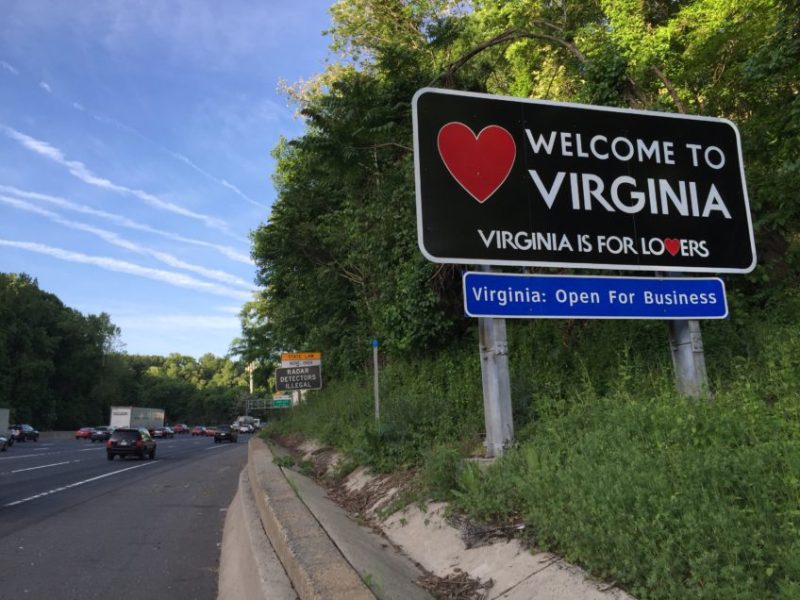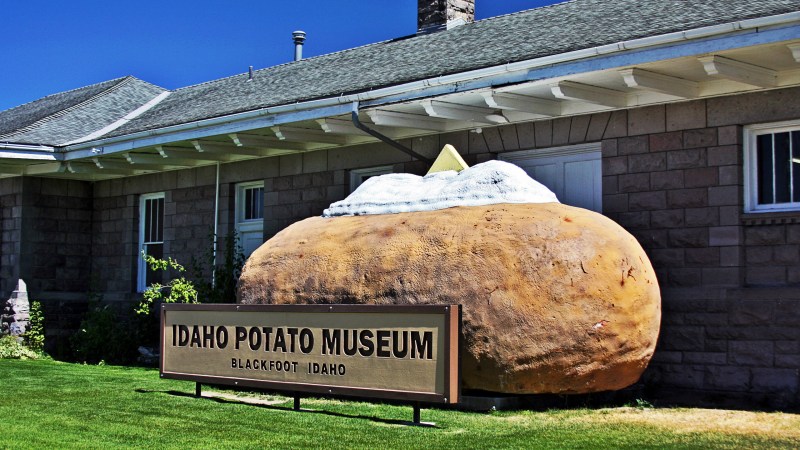The laws governing driving golf carts and LSV’s are well defined and must be adhered to just like the driving a car or a truck. Ohio golf cart laws may differ significantly from other state laws, so it’s important to learn your state’s laws. First, let’s examine the difference between a golf cart and an LSV or low speed vehicle.





 s an LSV and a golf cart.
s an LSV and a golf cart. olf Cart and L
olf Cart and L

